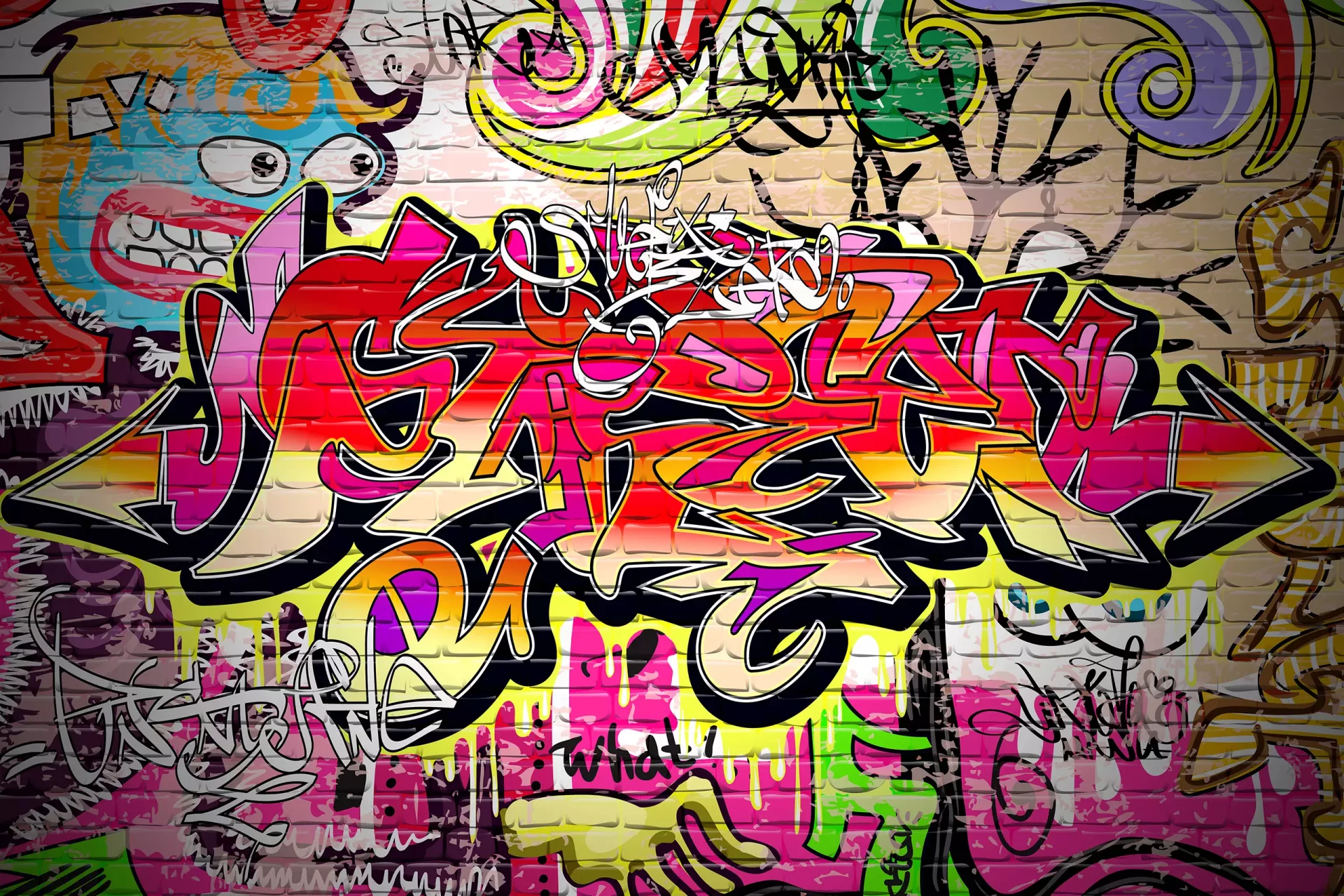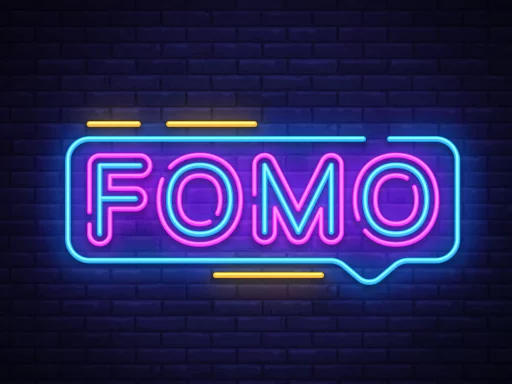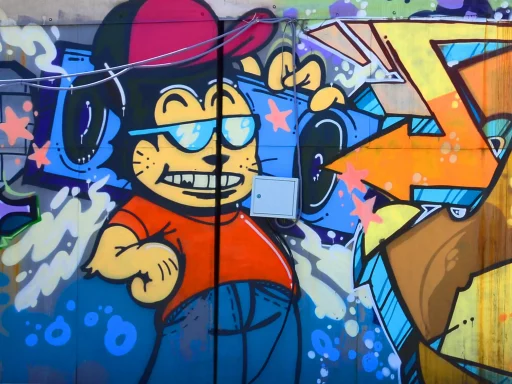Introduction to Popular Slang
Slang has always been an integral part of language evolution, adapting and morphing along with culture and society. One such phrase that has gained significant traction in recent years is “for real.” Used primarily in informal dialogue and popular media, this expression conveys sincerity, authenticity, and often a sense of surprise. In this article, we will delve deeper into its origins, usage, and impact on contemporary language.
The Origins of ‘For Real’
The phrase ‘for real’ seems to have emerged during the late 20th century, likely influenced by various cultural trends. It became popular in the hip-hop scene of the 1990s, where artists utilized the phrase to express genuine feelings or emphasize the truthfulness of their lyrics. The first documented instance can be traced back to rap lyrics, making it a cornerstone of urban slang.
Understanding the Meaning
At its core, ‘for real’ is used to demand or affirm truthfulness. However, its meaning can vary based on the context in which it’s used. Here are some common scenarios:
- Affirmation: “You really got that promotion? For real?” This indicates a sense of disbelief or surprise.
- Emphasis: “I love this movie, it’s for real amazing!” Here, it serves to emphasize the speaker’s feelings.
- Clarification: “Are you for real right now?” This seeks confirmation about a peculiar statement or situation.
Examples of Usage in Popular Culture
The phrase ‘for real’ has permeated various aspects of popular culture, from music to movies. Let’s take a look at a few examples:
- Television: In the acclaimed show “Friends”, characters often used slang phrases, with ‘for real’ becoming a comedic staple among viewers.
- Music: Artists like Drake and Cardi B frequently employ ‘for real’ in their lyrics, reinforcing authenticity in their storytelling.
- Social Media Influencers: Platforms like TikTok feature content creators using ‘for real’ to connect with their audience, making their expressions more relatable.
The Impact of ‘For Real’ on Language
The phrase ‘for real’ reflects broader cultural shifts in communication. Its growing popularity signifies a shift towards more casual conversational styles, especially among younger demographics. Statistics show that slang usage among teenagers has increased significantly, with a recent survey indicating that over 70% of teens use slang in their everyday interactions.
Moreover, the influence of social media platforms like Snapchat and Instagram enhances the spread of such phrases. As users communicate through text and audiovisual methods, slang has become a vital component of their digital identity.
Real-world Case Studies
To understand how ‘for real’ is used in everyday language, consider the following case studies:
- Case Study 1: A focus group of high school students in California revealed that ‘for real’ is often used to express solidarity during conversations, indicating shared experiences.
- Case Study 2: A university research team surveyed college students across multiple campuses, finding that ‘for real’ was most commonly used in discussions of authenticity in relationships and experiences.
Conclusion: The Evolution of Language
In conclusion, ‘for real’ is more than just a catchy slang phrase; it represents a significant cultural phenomenon that speaks volumes about how we communicate today. As language continues to evolve, expressions like ‘for real’ will undoubtedly shape our conversations, bridging gaps between generations and providing a sense of shared understanding. Whether you’re expressing surprise, reinforcing a belief, or simply trying to connect, ‘for real’ captures the essence of authenticity in an ever-changing world.






